Do timing chains still cause headaches? Wow, what a loaded question. The answer to that question varies depending on whom you ask. It also varies, depending on what OEMs (original equipment manufacturers). If the question was more specific such as, “are timing chains still causing headaches on Nissan engines? Ford engines? GM engines? BMW? Audi?” The answer will be more specific, siting known issues, TSBs, or even recalls, on makes, models, certain engine designs, and certain timing chain and gear designs.
The first time I see the gear design that used nylon teeth timing gear, I had a bit of a headache trying to understand the thought process behind that idea. How long could plastic gears possibly hold up? The answer turned out to be not very long as illustrated in the picture below. The nylon design reduced longevity, not noise.
Personally, timing chains have caused me headaches over my entire career. A friend of mine owned a 57 Chevy Bel Air, which had come standard with a 283 CID engine. He had managed to get his hands on a 327 CID engine, which GM had released in 1962 to “take on” Ford’s 289 CID. The 327 had quickly earned the nickname “Mighty Mouse” for its small block power.
In those days, I was considered to be the resident mechanic within my circle of friends. Larry asked me to put a performance camshaft in the already powerful engine before installing it in the “57”. Gas was .50 cents a gallon, or 73p for a gallon of petrol at that time. Fuel economy was not a consideration, speed and power were.
I did learn a valuable lesson after installing a cam, a new timing chain, fresh valve job on the heads.
Lesson Learned; take extra care when lining up the timing marks as shown in the illustration below.
It is NOT horseshoes or hand grenades, (where getting it close counts). Close is not good enough when setting up valve timing. The marks have to line up exactly as shown with the correct cylinder being on TDC (top dead centre).
Even though I was a novice mechanic at that time, I knew that backfiring through the carburetor is not good. Therefore, after a second tear down I got it right. Larry was ready for a Saturday night cruise around town.
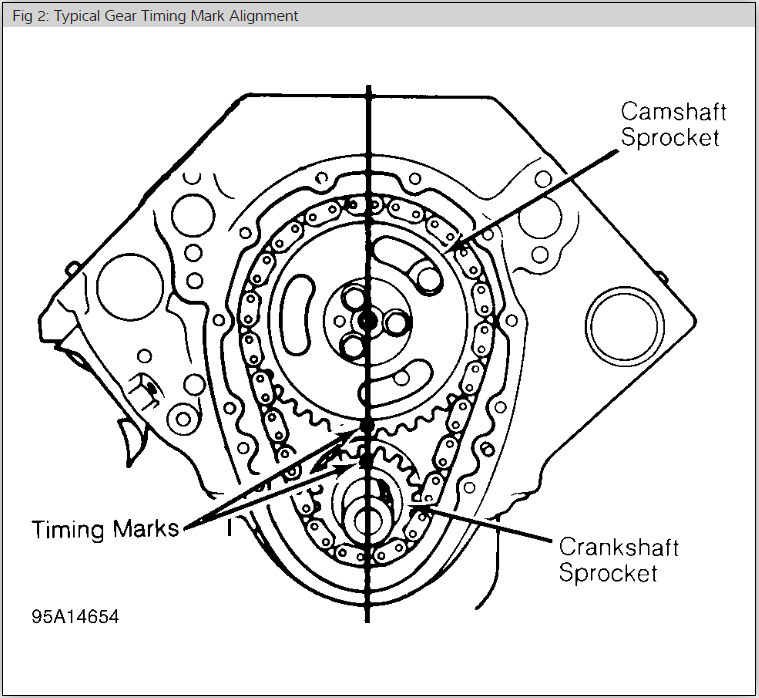
It looks easy on paper doesn’t it? Not bad when engine is out of car and on a stand. When lining the marks up “in car” can be tricky
What makes the timing chain design possible is the type of chain, a roller chain. Unbelievably, the roller chain has a very interesting history.
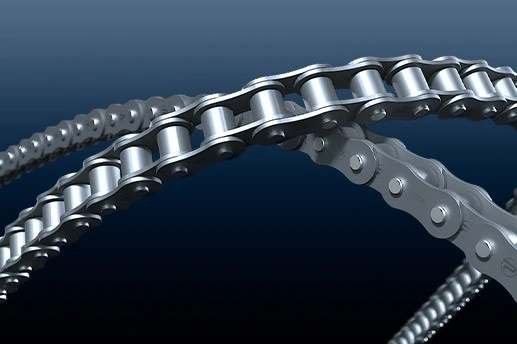
The earliest recorded mention of chain was 2200 years ago in 225BC, by Philo of Byzantium, who was a Greek engineer who wrote about mechanics. This Greek engineer was also known as 'Philo Mechanicus' (what a great nickname!).
Philo described the first ever use of a chain drive. This chain drive was fitted within a repeating crossbow (like a machine gun? Yes a crossbow machine gun!). This crossbow featured two flat-linked chains, which are connected to a windlass. This mechanism would wind back and forth to automatically fire arrows repeatedly.
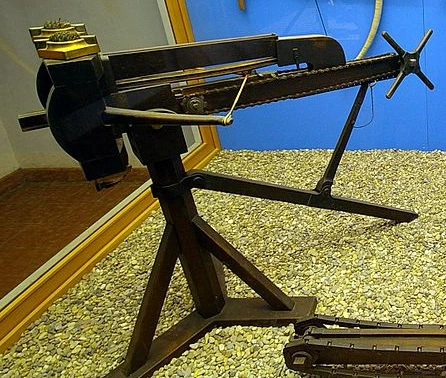
Now that might be an absolutely, useless piece of information concerning timing chains, but may be the coolest.
In the early 1500s, Leonardo Da Vinci created sketches that appear to show the first ever steel chain concept. This chain consisted of plates and pins.
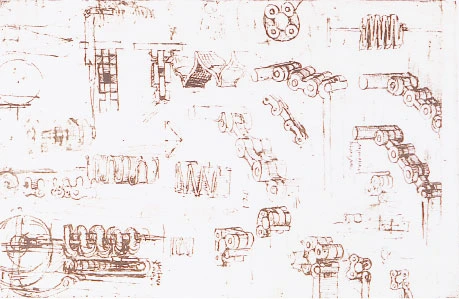
So what about modern timing chains? Do timing chains cause headaches? Yes, they certainly do.
Until doing research on timing chain issues, I had no idea that it was still a huge headache in our industry, but why?
My whole life I have heard and used the term timing chain stretch. Is it even possible to stretch a steel chain? Could it stretch? Maybe if an intense level of heat similar to that produced from a blacksmith’s forge was applied. That would be 4000-degree Fahrenheit/2200 degrees Celsius. No, the timing chain stretch is not the stretching of the timing chain steel. It is an elongation of the timing chain caused by wear to the chain's components.
The most common cause of timing chain elongation is a lack of maintenance, regular oil changes, and the wrong oil
Common OEMs that are known for timing chain elongation are Ford, General/Vauxhall Motors, Nissan, and others. These OEMs have stated that the lack of oil changes and the use of the wrong oil causes timing chain elongations.
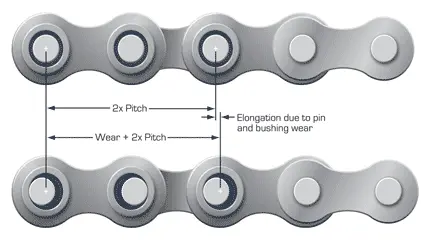
Note that the plate holes where the pins go are badly worn.
Wait a minute; the OEMs have been making oil change intervals longer and longer! True, but some are dialling back the claim of “driving longer between oil changes.”
General/Vauxhall Motors:
On 2007-2012 models, the oil change interval can range from 4,000 to 12,000 miles. For 2013-current models, GM has limited the interval to 7,500 miles.
In fact, there is a TSB (see below) to reprogram the ECM to reset the oil change monitor, to not exceed 7,500 miles due to early failure of the timing chain as explained in the bulletin.


Therefore, the oil change interval is critical to timing chain longevity. What about the type of oil? Does that matter? This information can be found in the 'Information' section on a ZEUS, or through the Snap-on Information System, which is a software available to purchase.
As timing chain elongation takes place, it will change camshaft and crankshaft timing. The camshaft and crankshaft position sensors sense the change. This typically will cause codes that indicate the correlation problem with the position sensors.
Timing chain symptoms
1. Check engine light illuminated
2. Hard Start
3. No start
4. Noise
5. Engine misfire
6. Low power/poor acceleration
Symptoms
Check engine light and poor acceleration
Scenario
Pre-scan results found a P0022 DTC (diagnostic trouble code)
According to SureTrack, the most common repairs have to do with the Camshaft position sensor or engine timing/timing chain components. Note the mileage that the timing chain becomes a common issue is around the milage of this case study. 140K or so.

We need to do component testing to pinpoint this issue. We definitely need to test the Camshaft sensor as the DTC and the common repairs indicate. We should also look at the correlation between the camshaft and the crankshaft position sensors.
It is time to go to Guided Component Tests.
If you are not familiar with a test like CKP and CMP correlation/relationship, there are classes you can take to learn how things work and what to do. Just go into 'Guided Component Tests', and choose 'classes', then 'CKP and CMP Relationship'.

CKP and CMP Relationship Class
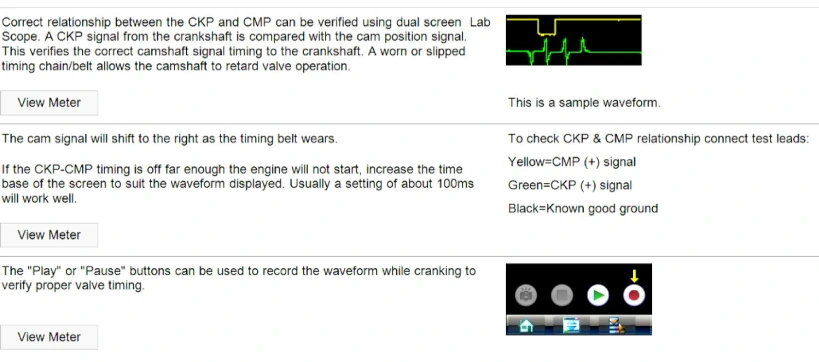
Ok, we have taken the class. It is time to go back into Guided Component Tests and enter this Audi for specific information and tests we need to perform to pinpoint the problem.
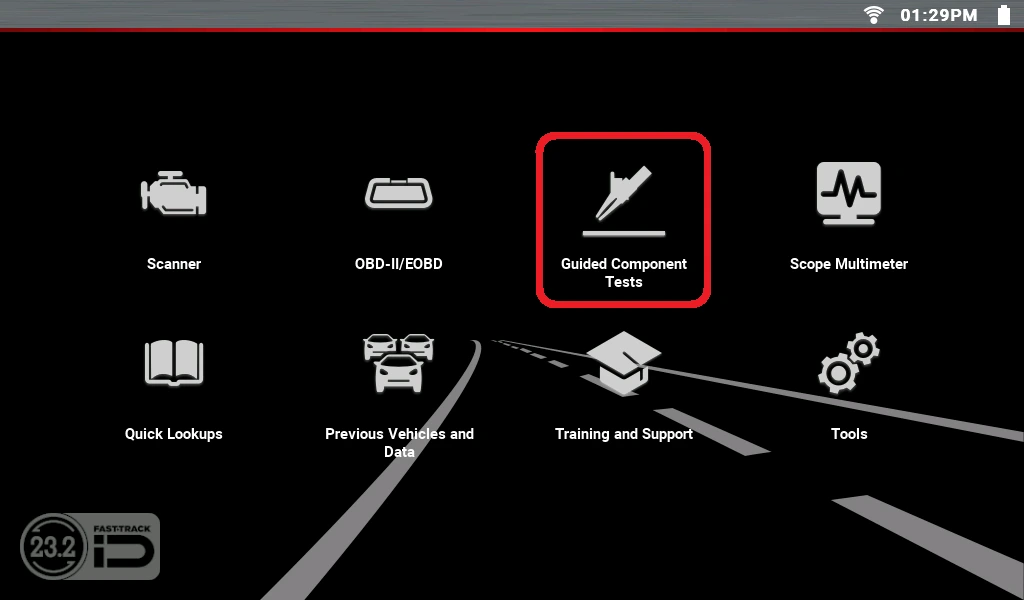
An option in Guided Component Tests is Cam/Crank Relationship. That should allow me to check everything I need to. The Component Information teaches how these sensors should work together and operate. It also shows where they are located.
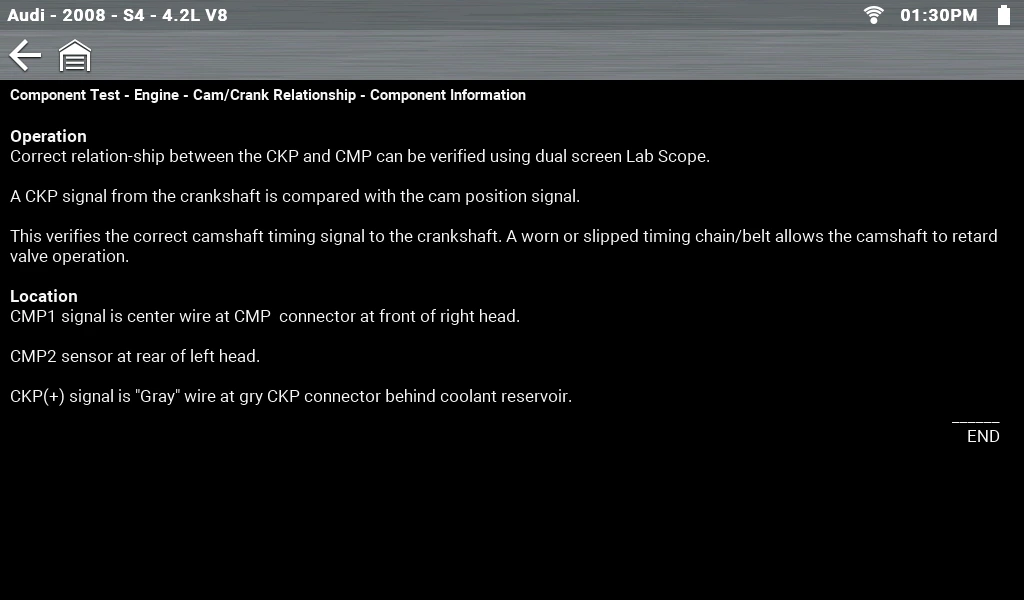
Using a two-channel lab scope hooked up to both sensors, we are ready to check the correlation between the two. With a good timing chain, they should “line up” with one another.
In the top sample of a known good pattern, we see what good looks like. The yellow trace is the cam. Green is the crankshaft position sensor. Note how the Crank signals missing tooth should line up perfectly with the rising edge of the Cam signal.
The lower window is the live test of this Audi. The traces do NOT line up by quite a bit. This indicates retarded engine timing. The only thing that could really cause that is the timing chain elongation. That will accouint for both the DTC and the complaint of poor acceleration.
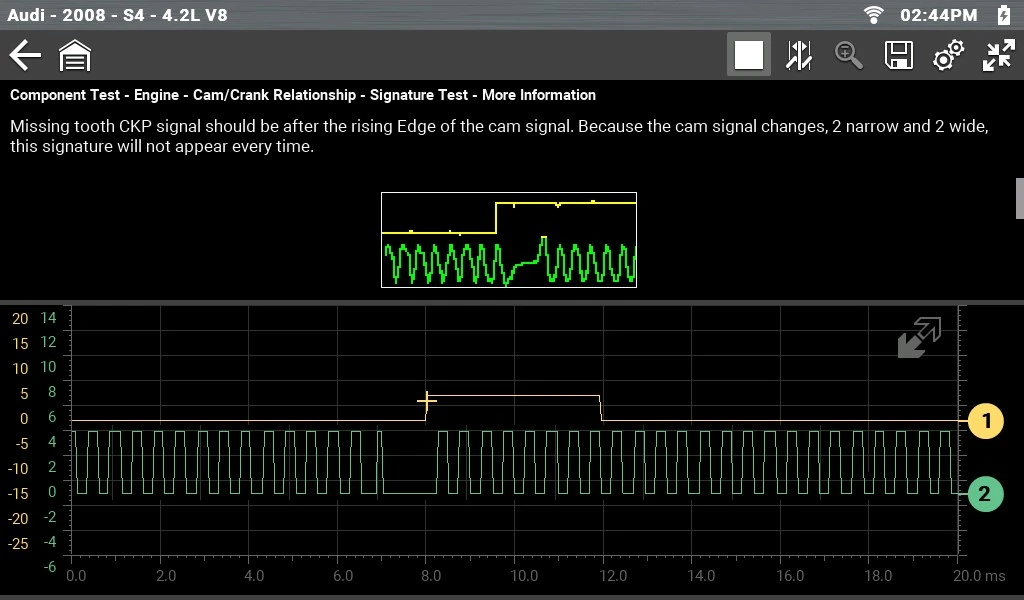
After replacing the chain and any other worn components we should check our work. The new chain now shows the two sensors are lined up perfectly. Their relationship is once again in sync.
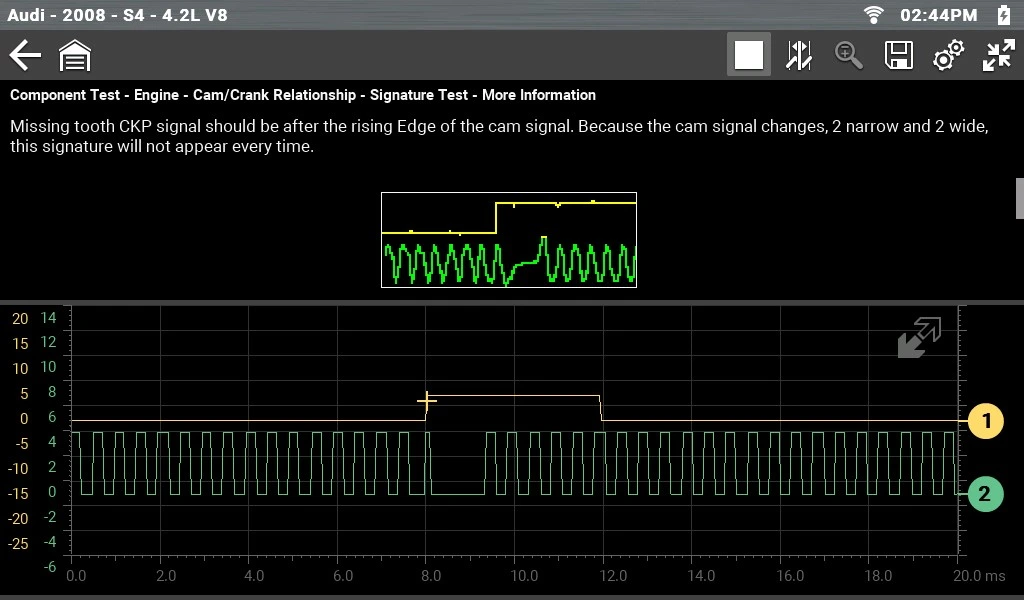
Clearing codes and test drive would be in order next on this vehicle. It is important to check with OEM information to determine if variable valve timing calibration is necessary or not. It is not required on this Audi.
So, are timing chains still causing headaches? They certainly can, but with the right information and knowledge, a timing chain job can certainly be a profitable one.